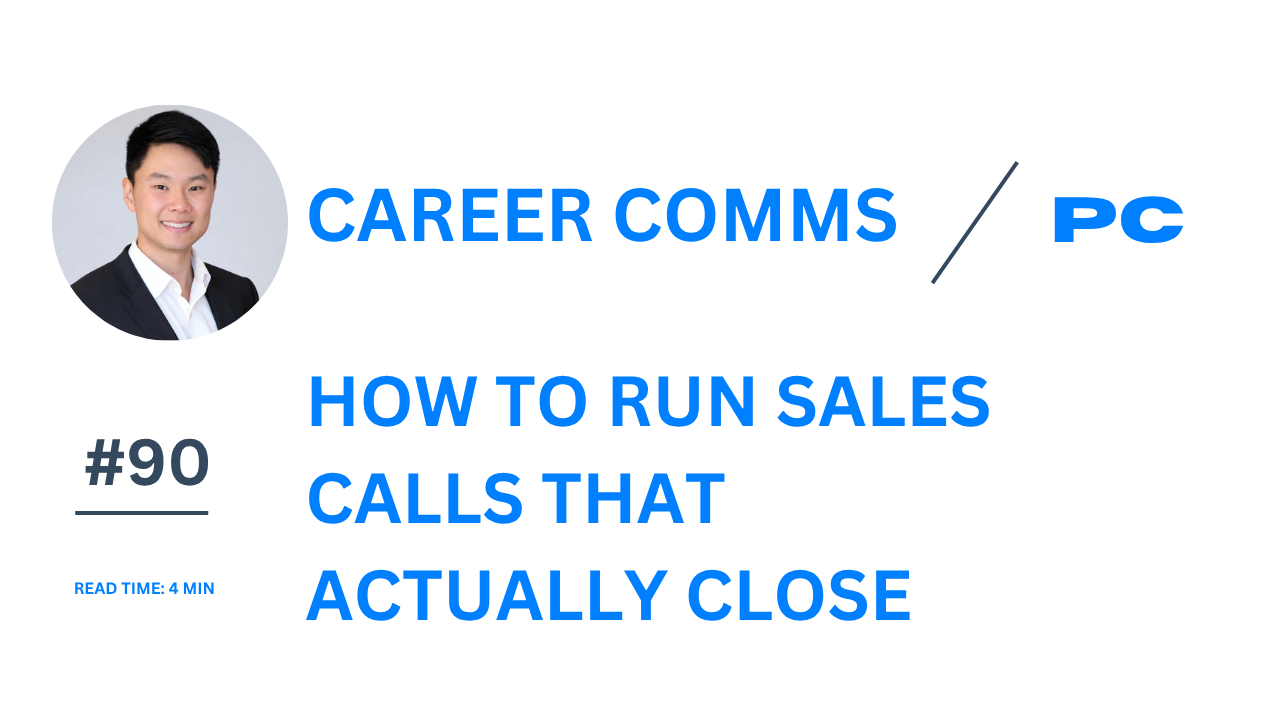How To Run Sales Calls That Actually Close

Shane is a behavior change specialist who works with C-suite executives on culture transformation.
When I role-played a discovery call with him, he opened by asking: “Do you have a company culture problem?”
Within 3 minutes, I was saying: “Okay, we can think about that.”
Here’s what went wrong: Shane skipped the discovery call questions phase and jumped straight to pitching. He led me toward “culture” before letting me tell him what was actually keeping me up at night.
Most people lose sales this way. They pitch before they’ve earned the right.
Today, I’m breaking down the consultative selling framework I taught Shane to turn “let me think about it” into closed deals.
The Sales Framework That Wins Discovery Calls: SPS (Sherlock, Parroting, Solutioning)
Here’s the consultative selling approach to guide someone from “just browsing” to “where do I sign?”
Stage 1: Ask the Right Discovery Call Questions (Sherlock Method)
You’re not selling. You’re investigating.
I told Shane: “Start with an open-ended question. Don’t lead them toward ‘culture.’ Let them tell you what’s really going on.”
The 4 discovery call question types:
- What brought you here today? Start broad and open-ended.
- Instead of: “Do you have a company culture problem?”
- Ask: “What motivated you to want me to come in today?”
- Go back to a specific scene. Make them relive a painful moment.
- Shane: “Could you take me back to a specific time where this issue emerged?”
- Make it hurt. Help them articulate the stakes.
- Shane: “How would you quantify that loss?”
- What will they do about it? Get them to admit they’re stuck.
- Shane: “What plans do you have in place to address this?”
By the end, they’ve convinced themselves they need help.
Stage 2: Confirm Understanding (Parroting Method)
Reflect back their pain to confirm you understand.
Shane: “You’re worried your systems aren’t letting you capitalize on AI opportunities. And if you don’t make changes now, it could put your company at risk.”
Then: “How does that make you feel?”
This builds trust and ensures you’re solving the right problem.
Stage 3: How to Close Consulting Deals (Solutioning Without Selling)
Now you offer solutions to each pain point. But you’re not pitching your service yet.
I told Shane: “Give them the roadmap for free. Just add value.”
Address one pain point at a time. Pause. Ask for their reaction. Repeat.
You’re building so much value that eventually, they ask: “What else do you do?”
That’s when you’ve earned the right to pitch.
The Sales Closing Technique: PCSB Framework
Once they ask “What do you do?” use PCSB (Problem, Cause, Solution, Benefit).
When Shane pitched his “MindShift” program, he talked about psychology and mental frameworks. I stopped him.
“I’m confused. What do you actually DO?”
Here’s the consultative selling structure I taught him:
[P - Problem] “Based on our conversation, your company has a culture of inflexibility preventing growth.
[C - Cause] It’s not clear why that’s happening or how to address it.
[S - Solution] Our MindShift program helps unpack the root causes. We survey your executive teams, identify what resources they need, and create action plans around the mental barriers holding them back.
[B - Benefit] By the end, you’ll have a clear path forward. Companies like yours typically turn this around in 6 months.”
Then pause. Ask: “How interested would you be in exploring this with your team?”
Keep it simple. Use plain language. Tie the solution back to their pain.
(I covered PCSB in depth in this blog post if you want the full breakdown.)
Master Your Next Sales Discovery Call
Most people sell by explaining what they do.
Top performers use consultative selling by asking the right discovery call questions.
Next time you’re on a call, remember this sales framework:
- Sherlock first. Ask questions. Understand their pain. Make them articulate what’s at stake.
- Parrot back. Confirm what you heard. Build trust.
- Solution, don’t sell. Offer free value. Give them a roadmap.
- Wait for “What do you do?” Then (and only then) use PCSB to close.
That’s how to close consulting deals with the Question-to-Close Framework.
Preston
